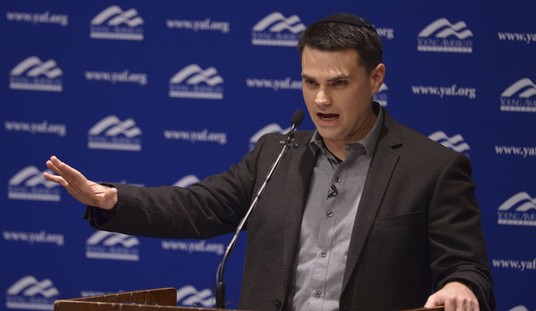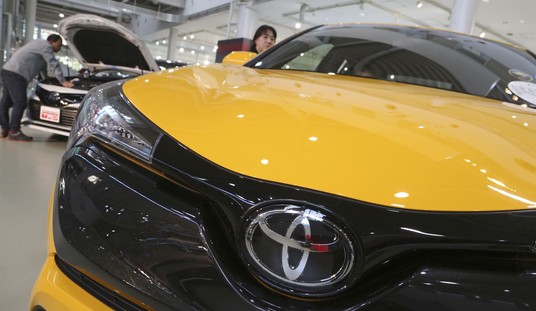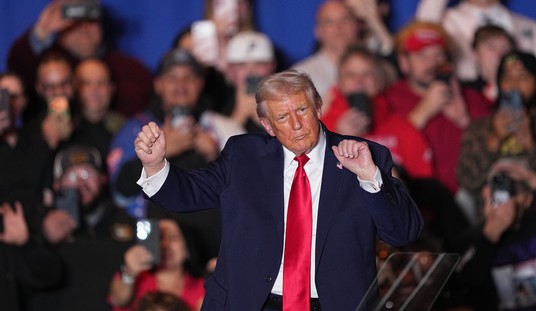For more than forty years, the Islamic Republic of Iran has pushed the boundaries of American patience. It has funded terror groups, backed proxy militias, and advanced a nuclear program designed to threaten American allies and destabilize the Middle East. While past administrations issued condemnations, drafted sanctions, and pursued diplomatic overtures, none succeeded in deterring Tehran. Iran kept enriching uranium, kept arming Hezbollah and the Houthis, and kept escalating its threats—confident there would be no serious consequences.
Then President Donald Trump changed everything.
Working closely with Israel, Trump authorized a precision strike that shattered Iran’s nuclear infrastructure. The attack severely damaged the Natanz and Fordow enrichment sites and marked the most significant blow to Iran’s nuclear program in years. Trump’s decision to strike Iran was a calculated move rooted in planning, strategy, and clarity of purpose.
“In order for something like this to happen,” Congressman Mike Lawler told me in an exclusive interview, “you need coordination at the highest level. This kind of operation isn’t spontaneous. It required months of planning.”
The New York Times tried to downplay the impact of the strike, suggesting it may not cause long-term disruption. But Israel’s Ministry of Defense called the damage “critical,” stating the operation set Iran’s nuclear timeline back significantly.
Shortly before the strike, Iran launched more than 700 ballistic missiles toward Israel—some managing to break through the Iron Dome. It was a terrifying display of force with one purpose: to cause mass Israeli casualties.
“This is exactly why Israel acted preemptively,” Lawler said. “Iran doesn’t just threaten Israel—it acts with the intent to kill.” Trump’s backing gave Israel the green light to defend itself—and the confidence to do so decisively.
Recommended
Trump’s decision to authorize the strike was undeniably a massive success. Within days, Iran agreed to a ceasefire. The missile barrages stopped, and weeks of rising tensions de-escalated. Media outlets like CNN and Politico had warned the strike would ignite a regional war. But it did the opposite.
While Trump took bold action and produced real results, the Biden administration did the opposite. Biden relaxed sanctions, backed away from secondary penalties on nations like China that continue to bankroll Iran’s terror networks, and even pressured Israel not to strike Iran’s nuclear sites.
President Trump stood shoulder to shoulder with Israel,” Lawler said. “President Biden sent a message of hesitation—and Iran took full advantage.”
Some critics at MSNBC and The Guardian obsessed over whether the strike permanently eliminated Iran’s nuclear program. But that question misses the point. No single strike could completely dismantle Iran’s nuclear capability—but this one proved that the United States, under Trump’s leadership, was no longer willing to tolerate Iran’s aggression.
Lawler was clear: “Any future agreement must completely ban uranium enrichment and demand full disarmament. We cannot repeat the mistakes of the JCPOA.”
The original deal—crafted by the Obama administration—was flawed from the start. It gave Iran cash, cover, and time. Trump pulled out of the deal in 2018, exposing hidden enrichment facilities and forcing European companies to sever ties with Tehran. From 2018 to 2020, his administration imposed over 1,500 sanctions targeting Iranian banks, oil exports, and senior regime officials.
Trump’s first-term policies on Iran delivered overwhelmingly successful results. By 2018, Iran’s economy had shrunk by 6%. By early 2019, inflation had surged past 50%, and the rial had lost 80% of its value since 2018. Protests exploded across Tehran, Shiraz, and Isfahan. Oil workers in Khuzestan went on strike, crippling Iran’s largest source of revenue. Women, students, and labor activists demanded regime change.
“A weakened Iran gives rise to a possible uprising,” Lawler noted. “It’s up to the Iranian people—but we should openly support them.”
Unlike the Obama administration—which stood by in 2009 when millions protested the fraudulent Iranian election—Republicans and President Trump repeatedly supported efforts to topple the regime.
The strikes on Iran’s nuclear facilities did not start a war, but they did end a dangerous chapter. For years, Iran’s strategy depended on the belief that American presidents feared confrontation. Trump shattered that assumption. And in doing so, he redefined what American deterrence means.
The goal was never just to destroy facilities—it was to restore credibility. Iran now knows that under a Trump presidency, aggression is met with force. That kind of clarity—not confusion, not appeasement—is how peace is achieved.

























Join the conversation as a VIP Member